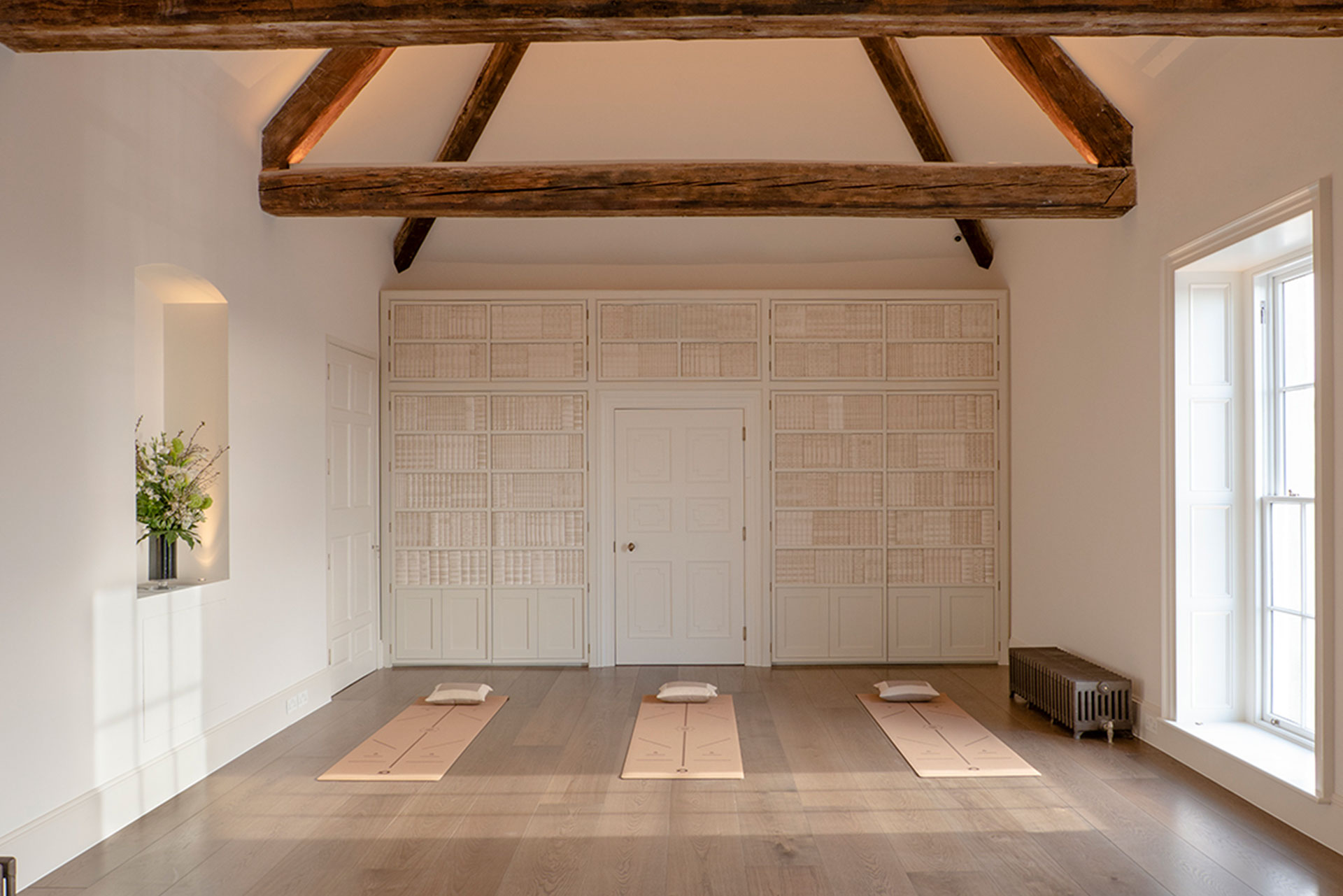If I had a euro every time someone with a back injury said to me:
I have a great core, I do sit ups and oblique twists regularly.
I’d be a millionaire.
In simple terms. muscles have a priority job. Certain muscles are designed to create movement primarily. Others are primarily designed to stabilise and not move something. The back is the classic example of where people tend to lean towards doing a movement based exercise like a sit up to strengthen core abdominal muscles, instead of a plank (with correct technique!). The sit up won’t strengthen your stability muscles the way you might think.
When you tap into your deep core muscles with the right exercises the benefits are huge to your health and your sport.
Breathing. The muscles of your anterior core are incredibly important for getting air out. Each faulty breath creates problematic accessory tone in muscles like scalenes, lats, sternocleidomastoid, pec minor, traps etc. These muscles aren’t really meant to do the bulk of the breathing work; we should be using our diaphragm.
Resisting extension. This one is the most obvious benefit, as the muscles of the anterior core directly combat too much arching of the lower back. If you aren’t controlling excessive lumbar extension, it’s only a matter of time until you wind up with lower back irritation -whether it’s just annoying tightness, a stress fracture, a disc issue, or something else.
Better force transfer and lower back injury risk reduction. The research on core function is pretty clear: its job is to transfer force between the lower and upper body. How do you prevent your spine from moving excessively? You strengthen and stabilize your core.
Improved lower extremity function and injury risk reduction. Lack of anterior core control directly interferes with lower extremity function, too. If the pelvis “dumps” too far forward into anterior tilt, the front of the hip can get closed down. As I described at length here, this can lead to hip impingement. Think of your chair pose and cues! Additionally, athletes in heavy extension patterns often carry their weight too far forward, throwing more shear stress on the knees during lunging and squatting. The more we can keep their weight back to effectively recruit the posterior chain, the better.
Improved shoulder function and injury risk reduction. The latissimus dorsi! If this is “on” all the time (as we often see in extension-based postures), you can’t get to important positions with the right movement quality. Overactive lats will limit not only shoulder flexion (overhead reaching), but also upward rotation of the shoulder blades.
If you’re using your lats as an “all the time” core stabilizer, you aren’t just at risk of extension-based low back pain, but also problems at the shoulder and elbow. If you can get your anterior core control under control and normalize the length and tone of the lats, your “healthy exercise pool” for the upper body expands dramatically. Getting overhead is easier, and you’ll feel stronger in that position.
Pelvic Floor function. Self explanatory!
Sound good? Learn how to target your core either with some prescriptive exercises from your Chartered Physiotherapist or try out one of the many videos on YouTube led by me!
Orla Crosse is a Chartered Physiotherapist and Yoga Instructor at Performance Yoga. For more information about Orla and her Sports Performance Yoga classes and workshops see www.performanceyoga.ie. If you have any medical concerns please see your GP or local Chartered Physiotherapist for advice.



